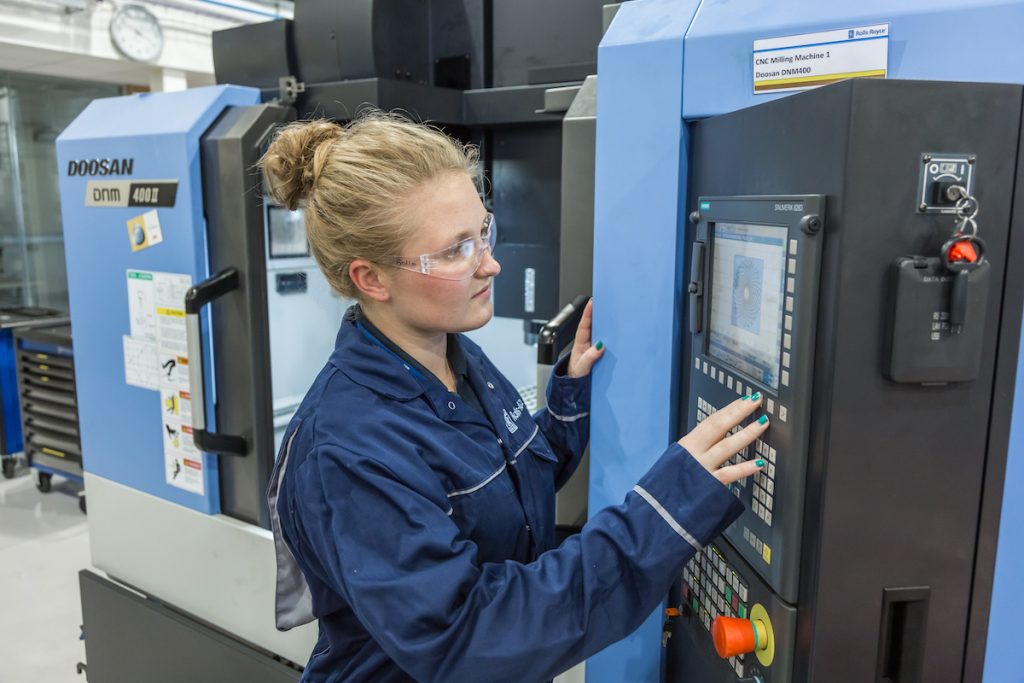
Engineering industries achieved a 6% increase in the proportion of women in the workforce over the past decade according to new research.
Statistics from Engineering UK show that 16.5% of those working in engineering were female last year, compared to 10.5% as reported in 2010.
The actual number of women working in engineering roles also increased from 562,000 in 2010 to 936,000 in 2021, the figures show, alongside an overall expansion of the engineering workforce from 5.3 million in 2010 to 5.6 million in 2021.
The figures were released ahead of International Women’s Day, which this week (8 March 2022) celebrates the achievements of women and champions further action to improve equality, diversity and inclusion.
“It’s great to see an increase of women working in engineering roles, particularly for International Women’s Day,” said Engineering UK chief executive Dr Hilary Leevers. But she added: “The fact that women represent only 16.5% of those working in engineering should still be a major concern to the engineering sector.
“We hope that our analysis stimulates more exploration of how we can do better – why are women more likely to work in engineering outside of the engineering sector than in it? What changes have happened in some areas of engineering to make them more attractive to women? What can we do to bring more female engineers back into engineering?”
The research highlights that, while the proportion and number of women in engineering has increased, this rise has been concentrated in certain roles and sectors.
For example women make up only 12.5% of engineering roles within the traditional engineering sector, compared to 24.4% outside of the sector. This suggests that industries not traditionally associated with engineering might be more successful in attracting female engineers into the workforce.
In addition, women are less likely to work in ‘core’ engineering roles such as civil, mechanical or electrical engineering, compared to ‘related’ engineering roles that require a mixed application of engineering knowledge and skill alongside other skill sets.
It was also found that rates of change in terms of gender balance were higher at the associate and technical professional levels than at managerial, director and senior official level.
“We need to ensure that engineering is a career choice that attracts the next generation of young women and that we respond to the needs of women who have left the engineering workforce and actively bring them back,” said Dr Leevers.
“Engineering businesses and organisations recognise these needs and are working together more effectively to learn how to improve our efforts. I am optimistic that by learning and working together, we can quicken the pace of change and achieve the diverse and insightful workforce needed for the UK to thrive.”

